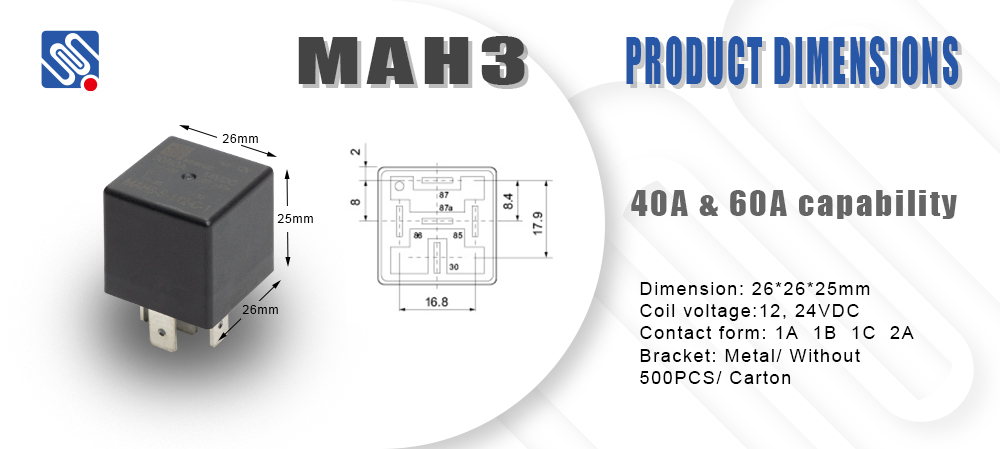Relays are fundamental components in electrical control systems, acting as switches that allow low-power control signals to manage high-power devices. While relays are reliable, they can still experience issues that require troubleshooting. Understanding how to effectively diagnose and fix relay problems is essential for maintaining operational efficiency in industrial settings. This article provides a step-by-step guide to relay troubleshooting, covering common issues and solutions.

1. Understanding Relays and Their Function Relays are electromagnetic devices that open or close a set of contacts when an electrical current flows through their coil. They are often used to control the flow of power to devices or circuits in industrial, automotive, and electronic applications. A typical relay consists of a coil, contacts, and a switching mechanism. When the coil is energized, it creates a magnetic field that pulls the contacts together or separates them, depending on the relay’s design. Despite their simplicity, relays can experience various issues. Troubleshooting these issues requires a systematic approach to identify the root cause.